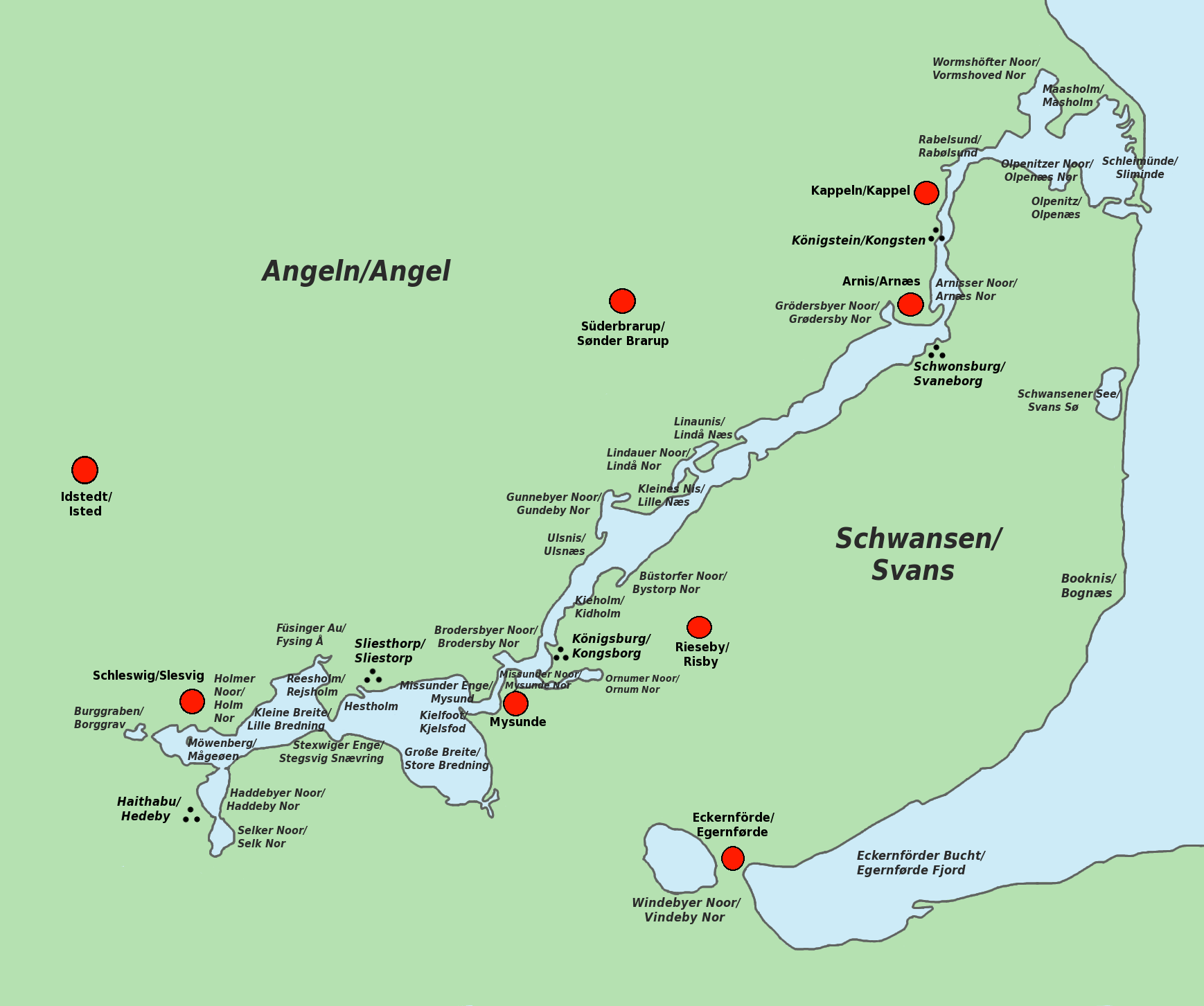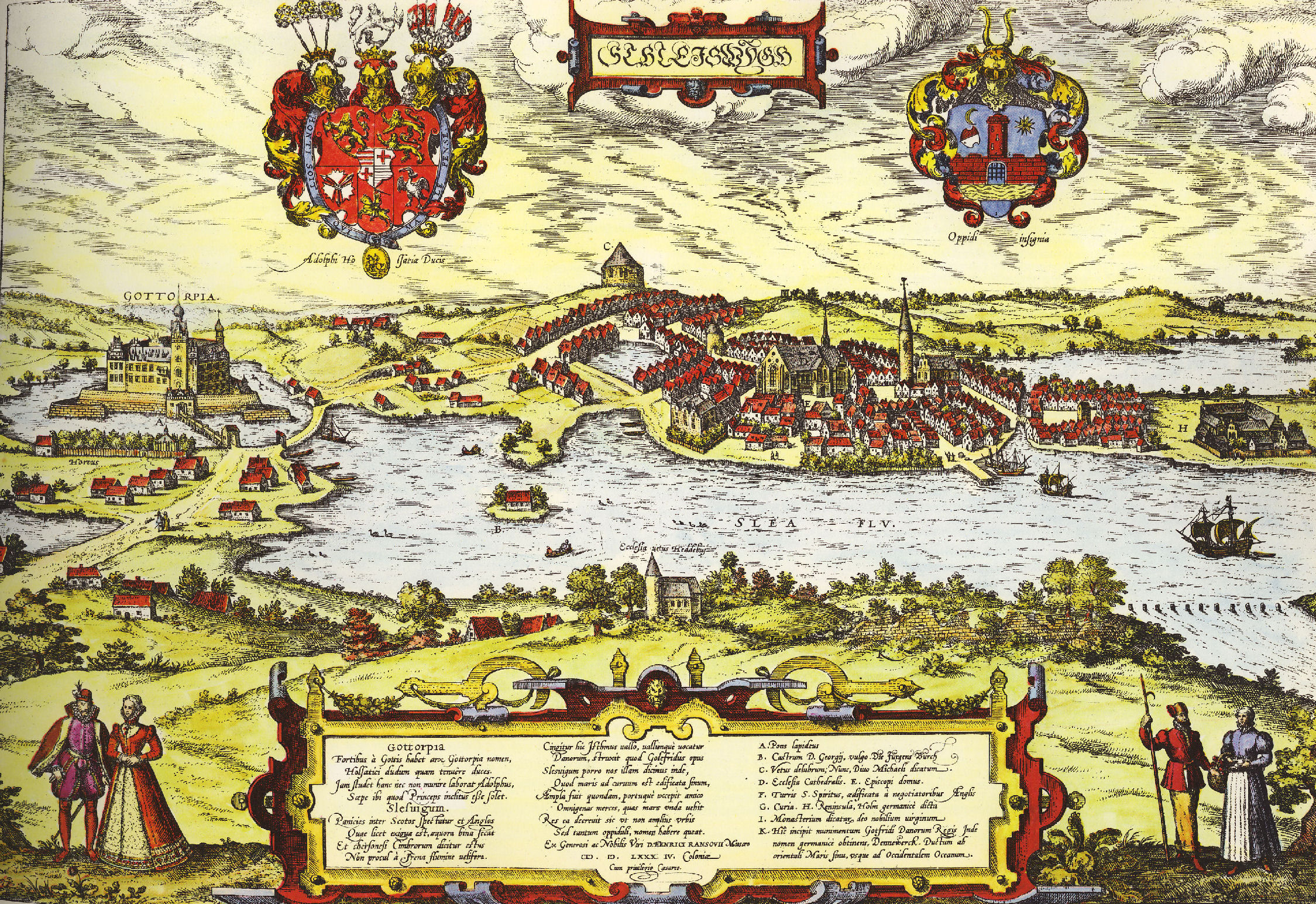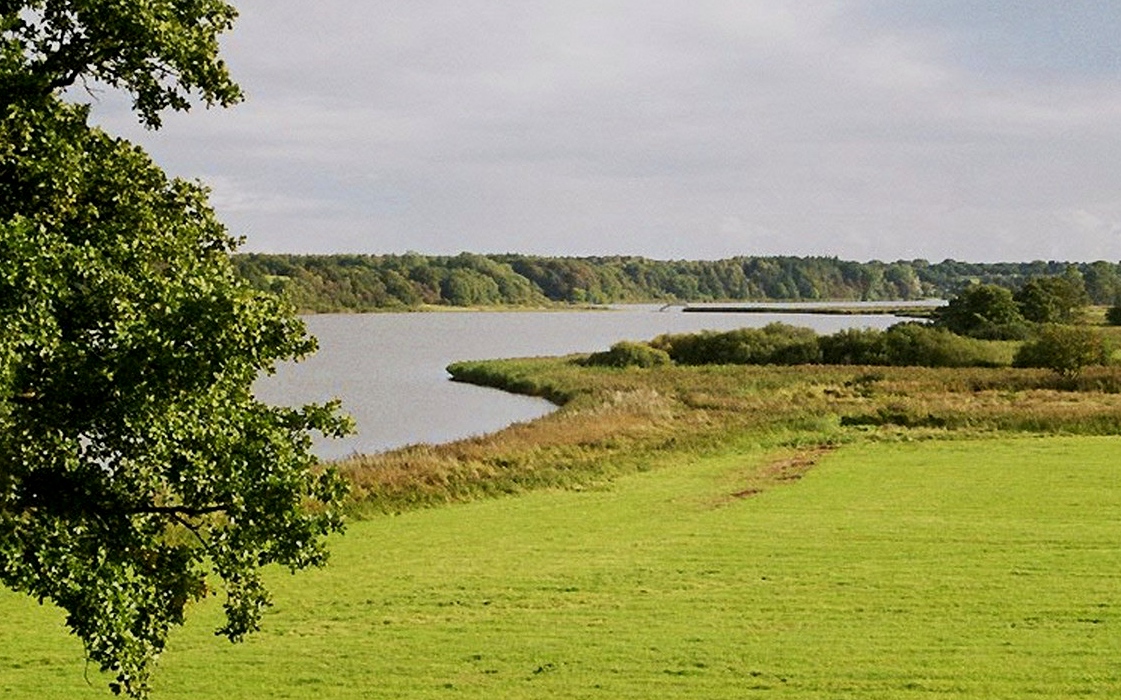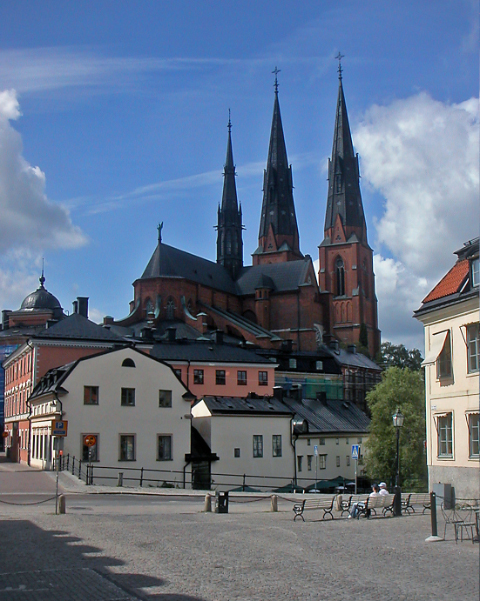|
Björklinge Runestones
The Björklinge runestones are five Viking Age memorial runestones designated in the Rundata catalog as U 1045, U 1046, U 1047, U 1048, and U 1050 that are located at the church in Björklinge, Uppsala County, Sweden, which is in the historic province of Uppland. In addition, there is a small fragment of a runestone with a partial runic text i * lit * rita * meaning "had erected" that has been given the catalog number U 1049.Project Samnordisk Runtextdatabas Svensk - Rundata entry for U 1049. U 1045 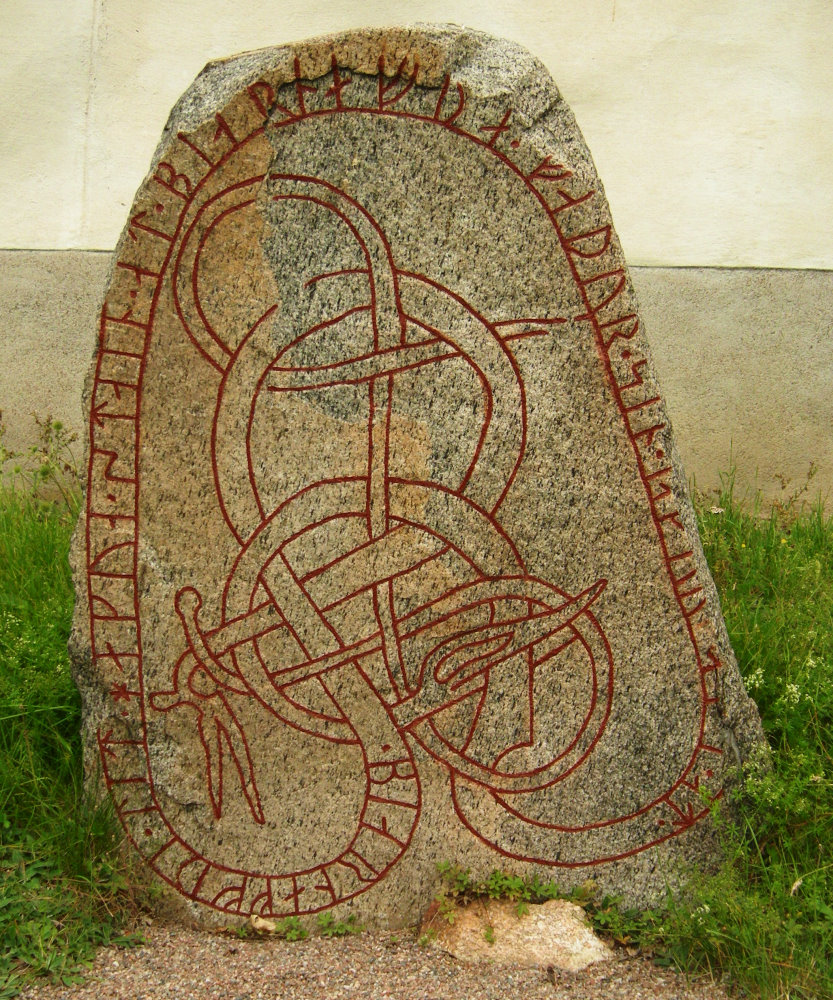 Runic inscription U 1045 is the Rundata catalog number for this i ...
Runic inscription U 1045 is the Rundata catalog number for this i ...
[...More Info...] [...Related Items...] OR: [Wikipedia] [Google] [Baidu] |
Björklinge Church Uppsala Sweden 001
Björklinge is a Urban areas in Sweden, locality situated in Uppsala Municipality, Uppsala County, Sweden with 3,269 inhabitants in 2010. The name, written as ''Birklinge'', was used for the parish as early as 1314, and Norsemen graves have been found in the area. Björklinge is situated on a glacial ridge next to lake Långsjön. European route E4 passed through the village until the new motorway east of Björklinge was opened for traffic on October 17, 2007. Björklinge church, which was first built in the early 14th century and re-built in the 17th century, is in the centre of the village. The Traditional Nordic dance music, spelman Anders Ljungqvist, called "Gås-Anders" (Anders of the geese), lived in Björklinge most of his life. There is a statue of him, created by the artist Bror Hjorth, standing next to the church. Bror Hjorth had a summer cottage by Långsjön. References See also *Björklinge runestones Populated places in Uppsala County Populated place ... [...More Info...] [...Related Items...] OR: [Wikipedia] [Google] [Baidu] |
Öpir
Öpir or ''Öper'' (Old Norse: ''Øpiʀ''/''Œpir'', meaning "shouter") was a runemaster who flourished during the late 11th century and early 12th century in Uppland, Sweden.The article ''Öpir'' in ''Nationalencyklopedin'' (1996). He was the most productive of all the old runemasters''Runristaren Öpir begåvad konstnär'', an announcement on the new dissertation by Marit Åhlén at Uppsala University. retrieved January 14, 2007. and his art is classified as being in the highly refined . p. 197. Work During the 11th century, when most runestones ...[...More Info...] [...Related Items...] OR: [Wikipedia] [Google] [Baidu] |
Schlei
The Schlei (; da, Slien, also ''Slesvig Fjord''e.g. in: Adolph Frederik Bergsøe: ''Den danske stats statistik'', Kjøbenhavn 1844, p. 156) (more often referred to in English as the Sly Firth) is a narrow inlet of the Baltic Sea in Schleswig-Holstein in northern Germany. It stretches for approximately 20 miles (32 kilometers) from the Baltic near Kappeln and Arnis to the city of Schleswig. Along the Schlei are many small bays and swamps. It separates the Angeln peninsula to the north from the Schwansen peninsula to the south. The important Viking settlement of Hedeby was located at the head of the firth (fjord In physical geography, a fjord or fiord () is a long, narrow inlet with steep sides or cliffs, created by a glacier. Fjords exist on the coasts of Alaska, Antarctica, British Columbia, Chile, Denmark, Germany, Greenland, the Faroe Islands, Ice ...), but was later abandoned in favor of the city of Schleswig. A museum has been built on the site, telling the story of t ... [...More Info...] [...Related Items...] OR: [Wikipedia] [Google] [Baidu] |
Schleswig, Schleswig-Holstein
Schleswig (, , ; da, Slesvig; South Jutlandic: ''Sljasvig''; nds, Sleswig; archaic English: ''Sleswick'') is a town in the northeastern part of Schleswig-Holstein, Germany. It is the capital of the '' Kreis'' (district) Schleswig-Flensburg. It has a population of about 27,000, the main industries being leather and food processing. It takes its name from the Schlei, an inlet of the Baltic sea at the end of which it sits, and ''vik'' or ''vig'' which means "bay" in Old Norse and Danish. Schleswig or Slesvig therefore means "bay of the Schlei". History The Viking settlement of Hedeby, located south of the modern town, was first mentioned in 804. It was a powerful settlement in the Baltic region, dominating the area for more than 200 years. In 1050, following several destructions, the population was moved to the opposite shore of the Schlei, becoming the city of Schleswig. In 1066 Hedeby was finally destroyed, and Schleswig remained as a part of the Danish kingdom. In 1544, Gottor ... [...More Info...] [...Related Items...] OR: [Wikipedia] [Google] [Baidu] |
Hedeby
Hedeby (, Old Norse ''Heiðabýr'', German language, German ''Haithabu'') was an important Danes, Danish Viking Age (8th to the 11th centuries) trading settlement near the southern end of the Jutland Peninsula, now in the Schleswig-Flensburg district of Schleswig-Holstein, Germany. It is the most important archaeological site in Schleswig-Holstein. Around 965, chronicler Ibrahim ibn Yaqub, Abraham ben Jacob visited Hedeby and described it as, "a very large city at the very end of the world's ocean." The settlement developed as a trading centre at the head of a narrow, navigable inlet known as the Schlei, which connects to the Baltic Sea. The location was favorable because there is a short portage of less than 15 km to the Treene River, which flows into the Eider River, Eider with its North Sea estuary, making it a convenient place where goods and ships could be pulled on a corduroy road overland for an almost uninterrupted seaway between the Baltic and the North Sea and avoid ... [...More Info...] [...Related Items...] OR: [Wikipedia] [Google] [Baidu] |
Uppland Runic Inscription Fv1976;104
This runic inscription, designated as U Fv1976;104 in the Rundata catalog, is on a Viking Age memorial runestone that is located at the Uppsala Cathedral, Uppland, Sweden. Description This inscription consists of runic text in the younger futhark that is carved on an intertwined serpent under a small Christian cross. The red granite runestone, which is 1.65 meters in height and 1.64 meters wide, was discovered in May 1975 during excavation work at the Hornska chapel at the Uppsala Cathedral. pp. 104-106. Before the historical nature of runestones was understood, they were often reused as materials in the construction of roads, bridges, and buildings. The runestone is classified as being carved in runestone style Pr2, which is also known as Ringerike style. This is the classification for inscriptions where the runic bands end in serpent or beast heads seen in profile, but the serpents or beasts are not as elongated and stylized as in the Urnes style. The runic text states that thr ... [...More Info...] [...Related Items...] OR: [Wikipedia] [Google] [Baidu] |
Uppsala Cathedral
Uppsala Cathedral ( sv, Uppsala domkyrka) is a cathedral located between the University Hall of Uppsala University and the Fyris river in the centre of Uppsala, Sweden. A church of the Church of Sweden, the national church, in the Lutheran tradition, Uppsala Cathedral is the seat of the Archbishop of Uppsala, the primate of Sweden. It is also the burial site of King Eric IX (c. 1120–1160, reigned 1156–1160), who became the patron saint of the nation, and it was the traditional location for the coronation of new Kings of Sweden. The current archbishop is Martin Modéus and the current bishop is Karin Johannesson. The cathedral dates to the late 13th century and, at a height of , it is the tallest church in the Nordic countries. Originally built under Roman Catholicism, it was used for coronations of Swedish monarchs for a lengthy period following the Protestant Reformation. Several of its chapels were converted to house the tombs of Swedish monarchs, including Gustav Vas ... [...More Info...] [...Related Items...] OR: [Wikipedia] [Google] [Baidu] |
Uppland Runic Inscription 489
This Viking Age runestone, listed under Rundata as runic inscription U 489, was originally located in Morby, Uppland, Sweden, and is a memorial to a woman. Description This runestone was shipped together with two other runestones, runic inscriptions U 896 and U 1011, to the Exposition Universelle in Paris in 1867. Today it is located at Uppsala University at the ''Universitetsparken'' (University Park). The reference to bridge-building in the runic text is fairly common in rune stones during this time period. Some are Christian references related to passing the bridge into the afterlife. At this time, the Catholic Church sponsored the building of roads and bridges through the use of indulgences in return for intercession for the soul. There are over one hundred examples of bridge runestones that have been dated from the eleventh century, including inscriptions Sö 101 in Ramsund, Sö 328 in Tynäs, U 617 in Bro, U 861 in Norsta, and U 993 in Brunnby. On this runestone, ... [...More Info...] [...Related Items...] OR: [Wikipedia] [Google] [Baidu] |
Södermanland Runic Inscription 101
The Sigurd stones form a group of eight or nine Swedish runic inscriptions (five or six runestones, two natural rocks, and a baptismal font) and one picture stone that depict imagery from the Germanic heroic legend of Sigurd the dragon slayer. They were made during the Viking Age and constitute the earliest Norse representations of the matter of the Völsung cycle that is the basis of the Middle High German ''Nibelungenlied'' and the Sigurd legends in the ''Poetic Edda'', the ''Prose Edda'', and the ''Völsunga saga''. In addition, the figure of Sigurd sucking the dragon's blood from his thumb appears on several carved stones in parts of Great Britain that were under Norse culture: at Ripon and Kirby Hill, North Yorkshire, at York and at Halton, Lancashire, and carved slates from the Isle of Man, broadly dated , include several pieces interpreted as showing episodes from the Sigurd story. Uppland U 1163 This runestone is in runestone style Pr2. It was found in Drävle, b ... [...More Info...] [...Related Items...] OR: [Wikipedia] [Google] [Baidu] |
